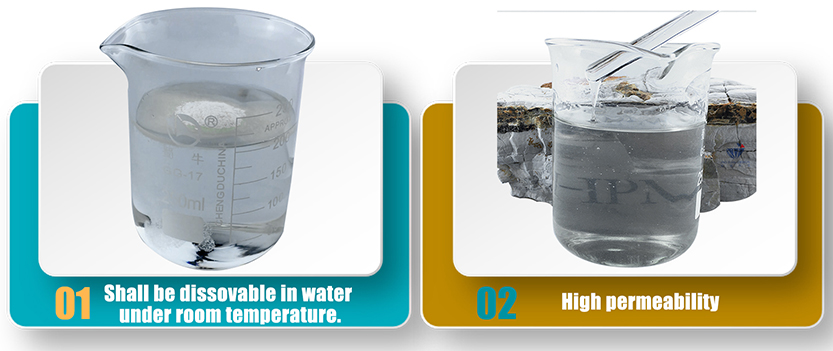
Novemba . 16, 2024 10:35 Back to list
use of hydroxypropyl methylcellulose
The Use of Hydroxypropyl Methylcellulose A Versatile Polymer in Modern Applications
Hydroxypropyl methylcellulose (HPMC) is a cellulose derivative that has gained prominence in various industries due to its unique properties and versatility. This non-ionic polymer is widely used as a thickener, emulsifier, film-forming agent, and stabilizer. Its applications span across pharmaceuticals, food, construction, cosmetics, and personal care products, making it an essential ingredient in many formulations.
Pharmaceutical Applications
In the pharmaceutical industry, HPMC is extensively used as a binder and controlled-release agent in tablet formulations. Its ability to form a gel when hydrated allows for the sustained release of active ingredients, enhancing the efficacy of drugs while minimizing side effects. HPMC is also used in the production of eye drops and other liquid formulations due to its excellent viscosity and bioadhesive properties, which increase contact time and absorption in the eye. Additionally, it is utilized in capsules as a vegetarian alternative to gelatin, catering to the growing demand for plant-based options.
Food Industry
The food industry also relies heavily on HPMC due to its ability to thicken and stabilize products without altering flavor. It is commonly used in gluten-free baking to improve dough elasticity and moisture retention, helping to replicate the texture of traditional wheat-based products. Moreover, HPMC serves as a fat replacer in low-fat and reduced-calorie foods, enhancing mouthfeel while reducing calorie content. Its emulsifying properties make it useful in dressings, sauces, and dairy products, ensuring uniform texture and preventing separation.
Construction Sector
use of hydroxypropyl methylcellulose

In construction, HPMC is valued for its water-retention properties and ability to improve the workability of cement-based materials. It is commonly added to tile adhesives, mortars, and plasters to enhance their durability and adhesion, particularly in tiling and drywall applications. The water-retention capacity of HPMC ensures that the mixtures remain workable during application, allowing for better performance in various environmental conditions. Its versatility makes it a go-to polymer for construction professionals seeking reliable and effective solutions.
Cosmetics and Personal Care
HPMC finds extensive use in the cosmetics and personal care sector as well. It acts as a thickening agent in creams, lotions, shampoos, and gels, providing a desirable texture and stability to these products. Its non-toxic nature and hypoallergenic properties make it suitable for sensitive skin applications, and it is often found in products designed for both adults and children. HPMC is also used in facial masks and other skin care formulations for its film-forming ability, which helps in delivering active ingredients to the skin effectively.
Environmental Considerations
As the world moves towards more sustainable practices, the environmentally friendly attributes of HPMC are noteworthy. It is biodegradable and derived from natural cellulose sources, making it a preferable option in formulations that prioritize eco-friendliness. Manufacturers are increasingly aware of the need for sustainable ingredients, and HPMC offers a solution that caters to both performance and environmental concerns.
Conclusion
Hydroxypropyl methylcellulose stands out as a versatile polymer with a wide array of applications across various industries. Its multifunctional properties, including its ability to act as a thickener, stabilizer, and binder, make it indispensable in formulations that require specific textural and functional attributes. As industries continue to innovate and seek sustainable alternatives, HPMC will likely remain a key player, meeting the demands of modern consumers while promoting environmentally friendly practices. With its proven track record and ongoing research into new applications, the future of hydroxypropyl methylcellulose appears bright, promising continued growth and incorporation into various sectors.
-
Versatile Hpmc Uses in Different Industries
NewsJun.19,2025
-
Redispersible Powder's Role in Enhancing Durability of Construction Products
NewsJun.19,2025
-
Hydroxyethyl Cellulose Applications Driving Green Industrial Processes
NewsJun.19,2025
-
Exploring Different Redispersible Polymer Powder
NewsJun.19,2025
-
Choosing the Right Mortar Bonding Agent
NewsJun.19,2025
-
Applications and Significance of China Hpmc in Modern Industries
NewsJun.19,2025







